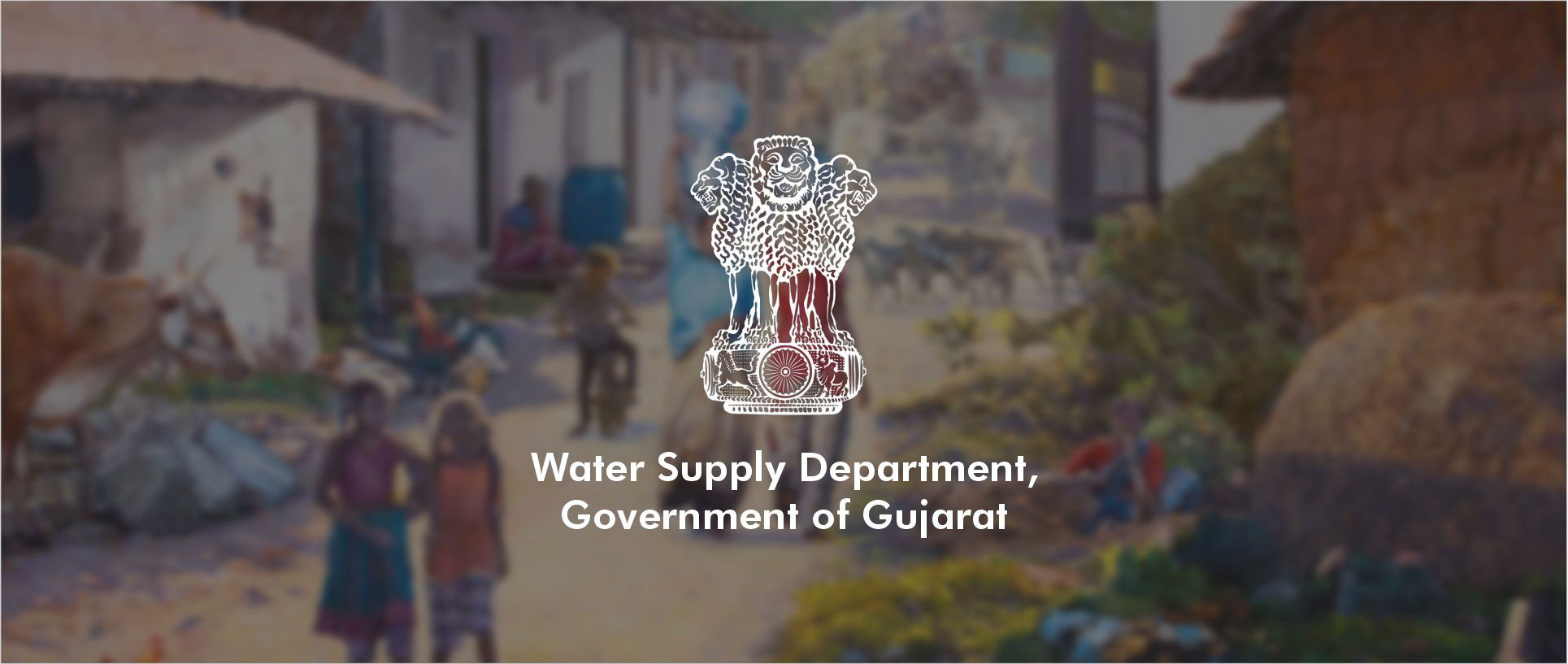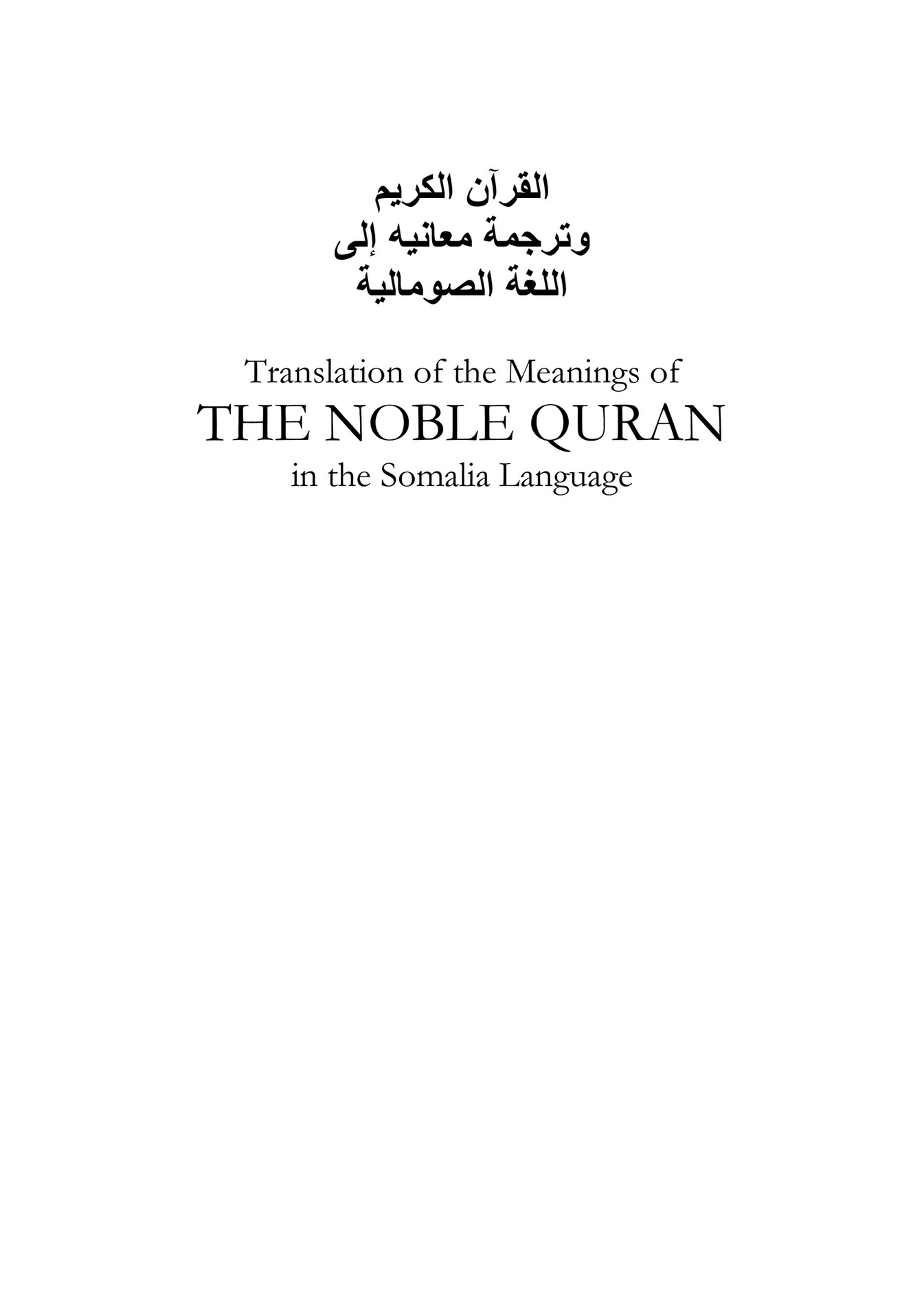Wasmo Soomaali: The Vibrant World Of Somali Music And Dance
Wasmo Soomaali is not just a term; it's a cultural phenomenon that resonates deeply within the Somali community. It represents a fusion of music, dance, and tradition that has evolved over centuries. If you've ever wondered about the rich tapestry of Somali artistry, this article dives deep into its essence, exploring its history, impact, and modern relevance. Get ready for an unforgettable journey through rhythm and melody!
Think of wasmo soomaali as the heartbeat of Somali culture. It’s more than just entertainment; it’s a reflection of identity, values, and societal norms. From weddings to festivals, this art form plays a pivotal role in bringing people together, creating bonds that transcend generations. And guess what? Its influence extends far beyond the borders of Somalia, captivating audiences worldwide.
What makes wasmo soomaali truly unique is its ability to adapt while staying true to its roots. In today’s globalized world, it continues to evolve, blending traditional elements with contemporary sounds. This fusion has sparked curiosity among music enthusiasts and scholars alike, making it a topic worth exploring in detail. So, let’s get started and uncover the magic behind this vibrant tradition!
Understanding Wasmo Soomaali: A Cultural Overview
What Exactly is Wasmo Somaali?
At its core, wasmo soomaali refers to the traditional music and dance styles native to Somalia. But don’t let the simplicity of the definition fool you—there’s so much more to it. This art form encompasses a wide range of genres, each with its own distinct characteristics. For instance, you’ve got the soothing melodies of "heello," the energetic beats of "dhaanto," and the rhythmic patterns of "caasho." Each style tells a story, whether it’s about love, history, or daily life.
Now here’s the kicker: wasmo soomaali isn’t confined to one region or tribe. It’s a melting pot of influences from across the Somali territories, incorporating elements from Ethiopia, Kenya, and even Arab cultures. This diversity adds depth and richness to the music, making it a true representation of Somali heritage.
The Historical Roots of Wasmo Soomaali
Let’s take a trip back in time to understand how wasmo soomaali came to be. Historians believe that its origins can be traced back to ancient Somali civilizations, where music and poetry were integral parts of daily life. Back then, songs served as a means of communication, passing down stories and wisdom from one generation to the next. Imagine gathering around a campfire, listening to elders recite epic tales set to hauntingly beautiful melodies—that’s essentially what wasmo soomaali was like in its early days.
Over the centuries, the art form evolved, influenced by various factors such as trade, migration, and colonization. The introduction of new instruments and techniques brought fresh perspectives, allowing wasmo soomaali to flourish in ways previously unimaginable. Today, it stands as a testament to the resilience and creativity of the Somali people.
Key Elements of Wasmo Soomaali
The Role of Poetry in Wasmo Soomaali
Poetry plays a crucial role in wasmo soomaali, serving as the foundation for many of its compositions. Traditional Somali poetry, known as "caaqil," is renowned for its intricate rhymes and profound meanings. When paired with music, these verses become even more powerful, evoking strong emotions in listeners. It’s no wonder that some of the most iconic wasmo soomaali songs are based on classic poems.
Take, for example, the legendary poet Hadraawi, whose works have inspired countless musicians. His ability to capture the essence of Somali life in his verses has made him a household name. Many modern artists continue to draw inspiration from his legacy, ensuring that the tradition of poetic wasmo soomaali lives on.
Instruments Used in Wasmo Soomaali
No discussion about wasmo soomaali would be complete without mentioning the instruments that bring it to life. From the hauntingly beautiful sound of the "kaban" (a type of lyre) to the rhythmic beats of the "dhaal" (a drum), each instrument contributes to the unique soundscapes of Somali music. These instruments are often handmade, using materials sourced locally, adding an authentic touch to the music.
Interestingly, the role of instruments in wasmo soomaali extends beyond just producing sound. They’re also symbolic, representing various aspects of Somali culture and history. For instance, the "kaban" is often associated with royalty and nobility, while the "dhaal" is seen as a symbol of unity and community.
The Evolution of Wasmo Soomaali
From Traditional to Modern: How Wasmo Soomaali Has Changed
As with any art form, wasmo soomaali has undergone significant changes over the years. The advent of technology has played a major role in this transformation, enabling artists to experiment with new sounds and styles. Digital recording equipment, for instance, has allowed musicians to produce high-quality tracks without the need for expensive studio setups.
Moreover, the rise of social media platforms has provided a global stage for Somali artists to showcase their talents. Platforms like YouTube and SoundCloud have become go-to destinations for fans of wasmo soomaali, helping to spread its popularity far and wide. This digital revolution has not only preserved the tradition but also introduced it to new audiences who might otherwise never have discovered it.
Contemporary Artists and Their Influence
Speaking of contemporary artists, there are several names worth mentioning. Take Mooge, for instance, a trailblazer in the world of modern wasmo soomaali. His fusion of traditional sounds with hip-hop beats has resonated with a younger audience, proving that the genre can still be relevant in today’s fast-paced world. Then there’s Maryam Mursal, whose hauntingly beautiful compositions have earned her international acclaim.
These artists, among others, are pushing the boundaries of wasmo soomaali, exploring new themes and narratives. Their work challenges stereotypes and showcases the diversity of Somali culture, proving that the art form is far from stagnant. Instead, it’s a living, breathing entity that continues to grow and evolve.
The Significance of Wasmo Soomaali in Somali Society
Celebrating Identity Through Music
For many Somalis, wasmo soomaali is more than just music—it’s a celebration of identity. In a world where cultural diversity is often underrepresented, this art form serves as a reminder of the rich heritage that defines the Somali people. It’s a source of pride and inspiration, uniting individuals from all walks of life.
Think about it: at weddings, funerals, and other important events, wasmo soomaali takes center stage. It’s the soundtrack to life’s most significant moments, providing comfort, joy, and solace. In times of hardship, it offers a sense of hope and resilience, reminding people of their strength and determination.
Educational Value of Wasmo Soomaali
Another important aspect of wasmo soomaali is its educational value. Many songs contain valuable lessons and insights into Somali history, culture, and values. By listening to these songs, younger generations can learn about their roots and develop a deeper appreciation for their heritage. It’s like having a history book set to music, making learning fun and engaging.
Furthermore, wasmo soomaali serves as a tool for social commentary, addressing issues such as gender equality, peace, and justice. Artists often use their platforms to raise awareness about these topics, encouraging listeners to think critically and take action. In this way, the art form becomes a catalyst for change, inspiring positive transformation within society.
Challenges Faced by Wasmo Soomaali
Preserving Tradition in a Modern World
Despite its popularity, wasmo soomaali faces several challenges in today’s rapidly changing world. One of the biggest concerns is the risk of losing traditional elements as the genre continues to evolve. With the influence of Western music and technology, there’s a danger that the authentic sounds of wasmo soomaali may be overshadowed by more commercialized versions.
To combat this, efforts are being made to document and preserve traditional songs and techniques. Organizations and individuals are working tirelessly to ensure that future generations have access to these invaluable resources. By doing so, they hope to strike a balance between innovation and tradition, allowing wasmo soomaali to thrive in all its forms.
Overcoming Stereotypes and Misconceptions
Another challenge is overcoming stereotypes and misconceptions about Somali culture. Unfortunately, the media often portrays Somalis in a negative light, focusing on conflict and violence rather than the rich cultural heritage that exists. This can lead to misunderstandings about wasmo soomaali and its significance.
To address this, artists and advocates are using their platforms to share the true story of Somali culture. By highlighting the beauty and diversity of wasmo soomaali, they’re helping to break down barriers and foster greater understanding. It’s a slow process, but one that’s making a difference, one listener at a time.
The Global Reach of Wasmo Soomaali
Wasmo Soomaali Beyond Borders
Thanks to globalization, wasmo soomaali has found its way into the hearts of people all over the world. Fans from different countries are discovering the art form, drawn in by its unique sounds and compelling narratives. This international recognition has opened up new opportunities for Somali artists, allowing them to collaborate with musicians from other cultures and expand their audiences.
Concerts and festivals featuring wasmo soomaali are now being held in cities across the globe, bringing the vibrant sounds of Somalia to new and diverse audiences. These events serve as a bridge, connecting people through music and fostering cross-cultural understanding. It’s a beautiful reminder of the power of art to transcend boundaries and bring people together.
Wasmo Soomaali in the Digital Age
The digital age has been a game-changer for wasmo soomaali, providing artists with unprecedented access to global platforms. Social media, streaming services, and online communities have all contributed to the genre’s growing popularity. Artists can now connect directly with fans, share their music instantly, and receive feedback in real-time.
However, this digital landscape also presents challenges, such as copyright issues and the need to maintain authenticity in an increasingly commercialized industry. Despite these hurdles, the potential benefits far outweigh the drawbacks, making the digital age a golden era for wasmo soomaali.
Conclusion: Celebrating Wasmo Soomaali
Wasmo Soomaali is more than just music—it’s a cultural treasure that continues to inspire and unite people around the world. From its humble beginnings in ancient Somali civilizations to its current status as a global phenomenon, this art form has proven its enduring relevance and appeal. By exploring its history, elements, and evolution, we’ve gained a deeper understanding of its significance and the impact it has on both individuals and society as a whole.
So, what can you do to support wasmo soomaali? Start by listening to its music, attending live performances, and sharing it with others. Encourage young artists to pursue their passion and preserve the tradition for future generations. Together, we can ensure that this vibrant art form continues to thrive, enriching the lives of all who experience it. Now go ahead and hit that share button—it’s time to spread the joy of wasmo soomaali!
Table of Contents
- Understanding Wasmo Soomaali: A Cultural Overview
- The Historical Roots of Wasmo Soomaali
- Key Elements of Wasmo Soomaali
- The Evolution of Wasmo Soomaali
- The Significance of Wasmo Soomaali in Somali Society
- Challenges Faced by Wasmo Soomaali
- The Global Reach of Wasmo Soomaali
- Conclusion: Celebrating Wasmo Soomaali


